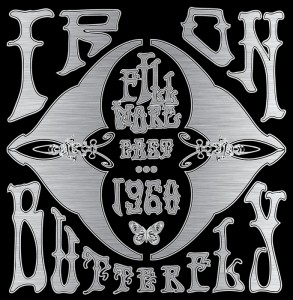 Live albums are hard. They’re rarely good, because they rarely deliver on what they aim to be: an encapsulation of an act’s live show experience. But they just can’t; a concert is more than just the songs played without multi-tracking and overdubs and with extra-long solos and appreciative crowd noise. A concert has a certain electricity in the air, certain smells (most of them illegal), and the sound is so much louder and fuller than any stereo or headphones can deliver. Plus, live albums are usually edited and tweaked or compiled from multiple shows, so what purports to be a live album or recreation of experience is not. This is why concert bootlegs are so popular with hardcore fans of individual bands—recordings of specific concerts capture and define a specific moment in time.
Live albums are hard. They’re rarely good, because they rarely deliver on what they aim to be: an encapsulation of an act’s live show experience. But they just can’t; a concert is more than just the songs played without multi-tracking and overdubs and with extra-long solos and appreciative crowd noise. A concert has a certain electricity in the air, certain smells (most of them illegal), and the sound is so much louder and fuller than any stereo or headphones can deliver. Plus, live albums are usually edited and tweaked or compiled from multiple shows, so what purports to be a live album or recreation of experience is not. This is why concert bootlegs are so popular with hardcore fans of individual bands—recordings of specific concerts capture and define a specific moment in time.
But that is what compelled me to raise my hand when Rhino Records offered us a two-disc set of four complete Iron Butterfly shows, recorded back-to-back-to-back-to-back over two days at the legendary Fillmore East in April 1968. Yes, of course they’ve been cleaned up a little, and thank god, because these recordings are nearly 44 years old, but Fillmore East 1968 is something more akin to an expertly recorded bootleg. It’s four complete concerts! (Except for the first two songs of the first show, which weren’t recorded properly.) That’s the best way to explore and try to understand the cultural and musical upheaval that were going on at the time. Fillmore East 1968 captures the raucous, drugged-out, musically progressive but post-Summer of Love sinisterism of an Iron Butterly show right when it was that band’s moment. And at one of the definitive venues of the 60s and psychedelic rock to boot.
The shows focus mainly on material from Iron Butterfly’s first album Heavy, and predate the official commercial release of Iron Butterfly’s most famous and definitive song, ”In-A-Gadda-Da-Vida.” Two versions of it are on Fillmore East (a 17-minute one and a 15-minute one), and they’re thrilling and bewildering in equal measure. It’s a treat to get to hear this song before it was a watershed, proto-metal moment, as a wild, free-form, jazz odyssey. For that alone, this live album works as a live album, because it’s a historical document, both culturally and musically.





Comments